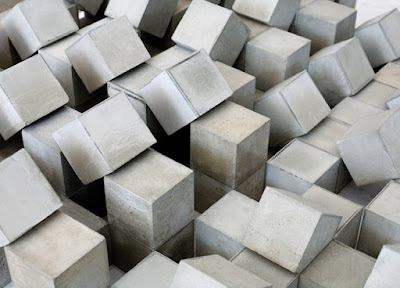SPONSORED
Definition of High Strength Concrete

High-strength concrete has a compressive strength greater than 40 MPa (5800 psi). In the UK, BS EN 206-1 defines High strength concrete as concrete with a compressive strength class higher than C50/60. High-strength concrete is made by lowering the water-cement (W/C) ratio to 0.35 or lower. Often silica fume is added to prevent the formation of free calcium hydroxide crystals in the cement matrix, which might reduce the strength at the cement-aggregate bond.
The definition of high strength concretes is continually developing. In the 1950s a cube strength of 35 MPa was considered high strength, and in the 1960s compressive strengths of up to 50 MPa were being used commercially. More recently, compressive strengths approaching 140 MPa have been used in cast-in-place buildings.
Eurocode 2 allows for concrete strengths of up to 105 MPa cube strength. There is no definition of high strength concrete in Eurocode 2, but the measures and formula change when the concrete strength is greater than C50/60 so this seems a reasonable working definition. High-strength concrete columns can hold more weight and therefore be made slimmer than regular strength concrete columns, which allows for more usable space, especially in the lower floors of buildings.
Aggregate must be selected carefully for high-strength mixes, as weaker aggregates may not be strong enough to resist the loads imposed on the concrete and cause failure to start in the aggregate rather than in the matrix or at a void, as normally occurs in regular concrete. In some applications of high-strength concrete the design criterion is the elastic modulus rather than the ultimate compressive strength.



